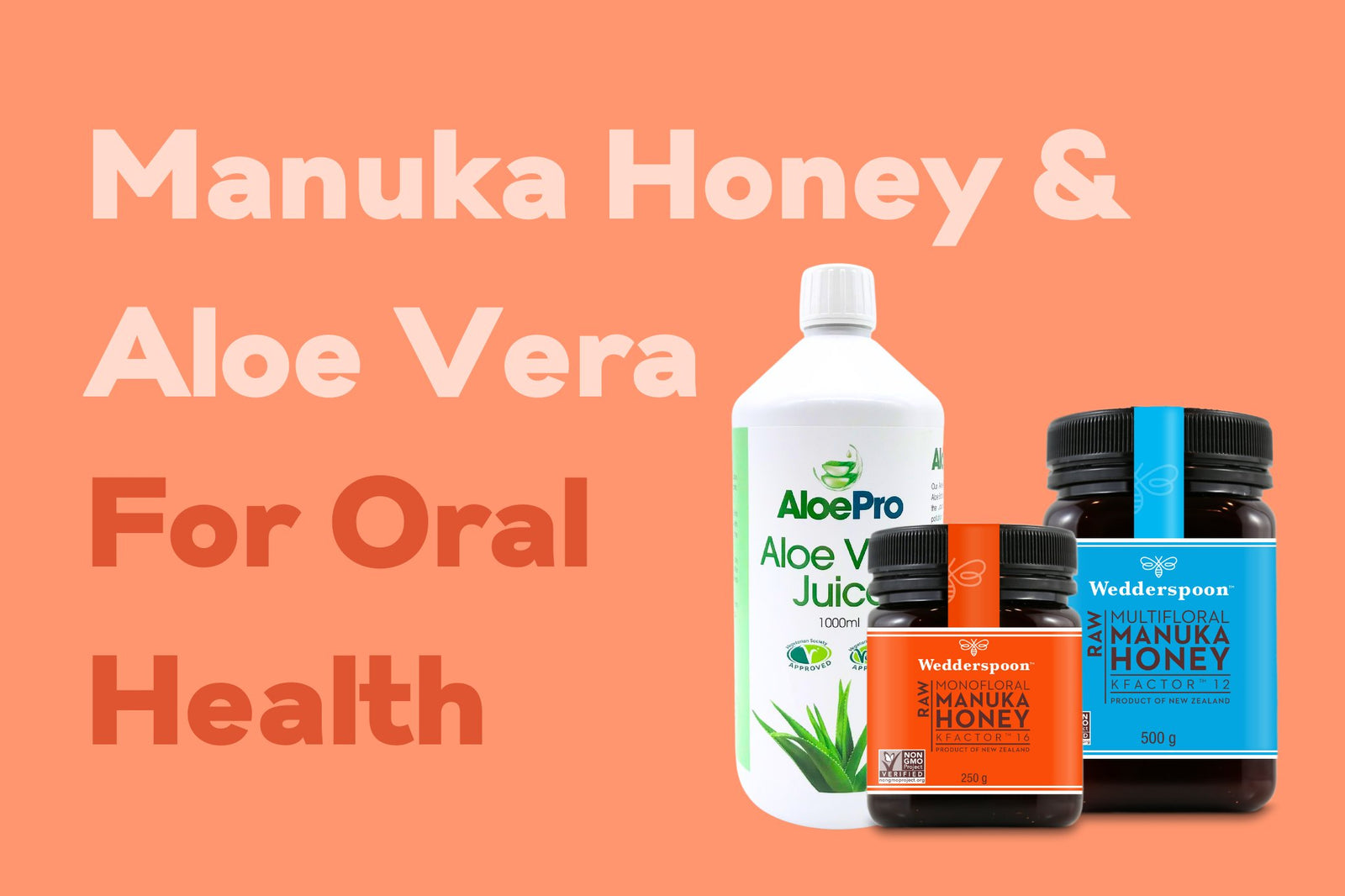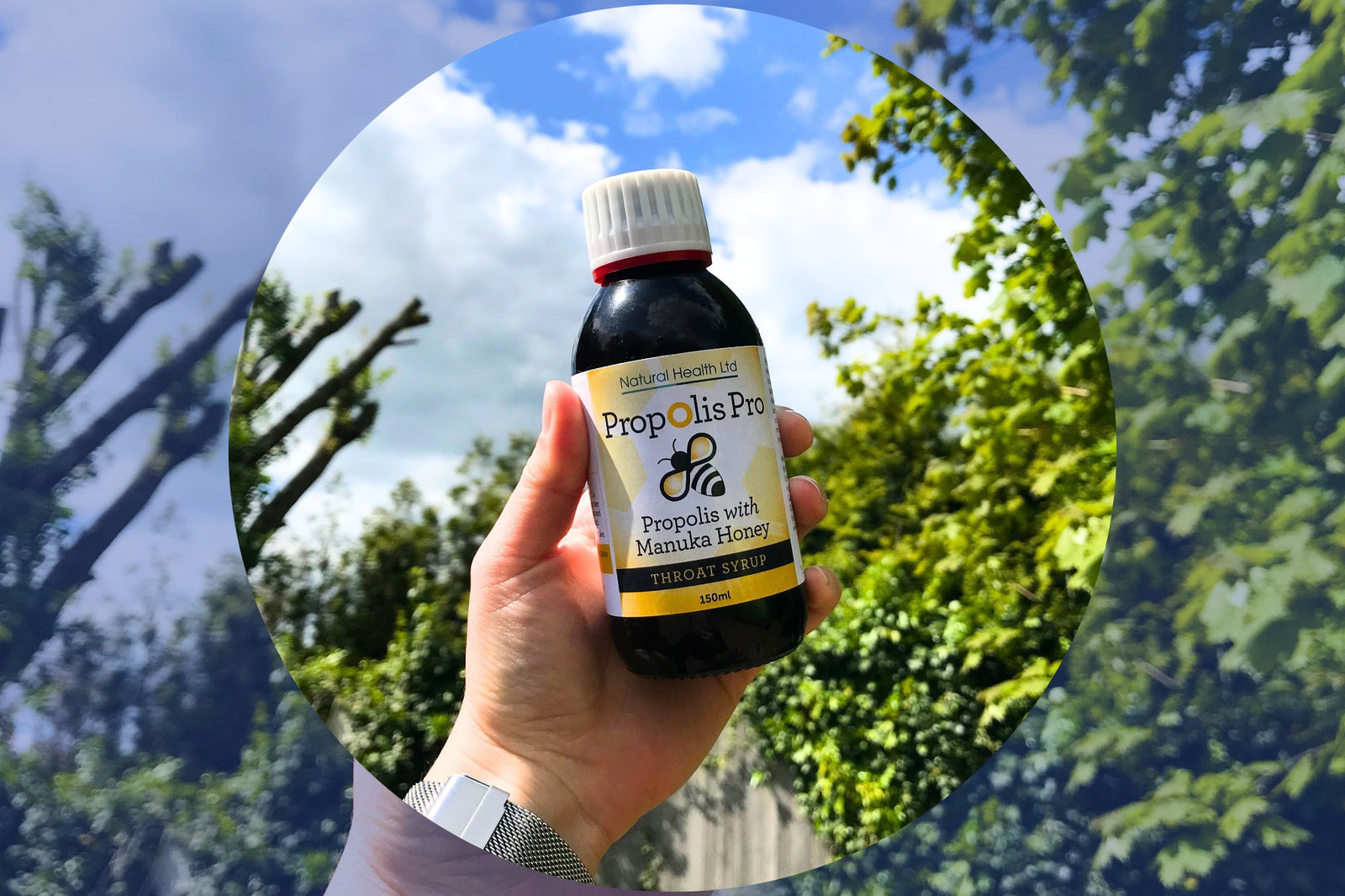Your Cart is Empty
Manuka Honey
KFactor vs MGO Manuka honey comparison: Buyer's Guide
March 13, 2023 3 min read

Testing Manuka Honey
It is important to test Manuka Honey for quality assurance, authenticity, consistency, and reputation. It ensures that the honey is of high quality, free of contamination, and meets the necessary standards for consumption. Testing also helps to maintain the integrity of the product. This is important for consumers who rely on manuka honey for its potential health benefits. Overall, testing manuka honey is crucial to ensure that consumers get a high-quality and authentic product.
KFactor Manuka Honey
Firstly, one type of rating system is KFactor. KFactor measures the pollen count in the honey, indicating the proportion of Manuka pollen in the honey. The higher the KFactor rating, the higher the proportion of Manuka pollen in the honey. This means that the honey has been sourced from an area where Manuka plants are abundant. KFactor Manuka honey is produced naturally without heat treatment or artificial methods, ensuring that it retains all of its natural enzymes and other beneficial properties.
The KFactor Rating System
The KFactor rating ranges from KFactor 12 to KFactor 16, with higher numbers indicating higher levels of purity and potency. Testing manuka honey for KFactor involves collecting a sample of the honey and using a microscope to count the number of pollen grains present. The percentage of manuka pollen is then calculated and used to assign a KFactor rating to the honey.
The following is a breakdown of the KFactor ratings for manuka honey:
- KFactor 12: This is the lowest rating and has a minimum of 65% manuka pollen.
- KFactor 16: This rating indicates a high level of purity and potency, with a minimum of 75% manuka pollen.
MGO Manuka Honey
On the other hand, MGO Manuka Honey is known for its high concentration of methylglyoxal. This is a compound believed to be responsible for the honey's antibacterial properties. MGO ratings measure the concentration of methylglyoxal in the honey, and the higher the MGO rating, the stronger the antibacterial properties of the honey. While MGO Manuka honey is beneficial for its antibacterial properties, some producers may heat-treat the honey to increase MGO content. This causes it to lose some of its natural enzymes and other beneficial properties. So, even if you think you're getting honey with a high MGO content, it might not be genuine.
The MGO Rating System
The MGO rating system ranges from MGO 30+ to MGO 1000+, with higher numbers indicating higher antibacterial potency. Testing typically involves measuring the concentration of MGO in the honey using a range of techniques, including HPLC (high-performance liquid chromatography) and NMR (nuclear magnetic resonance) spectroscopy.
The following is a breakdown of the MGO ratings for manuka honey:
- MGO 30+: This is the lowest rating and has a low level of antibacterial activity.
- MGO 100+: This rating indicates a medium level of antibacterial activity.
- MGO 250+: This rating indicates a high level of antibacterial activity and is often used for therapeutic purposes.
- MGO 400+: This rating indicates a very high level of antibacterial activity and is also used for therapeutic purposes.
- MGO 550+: This is a rare and very high rating, indicating an extremely potent antibacterial activity.
- MGO 1000+: This is the highest rating available and indicates an extremely potent antibacterial activity.
The Superior Manuka Honey Rating System
In conclusion, both KFactor and MGO rating systems are used to measure the potency of Manuka honey. However, they measure different properties of the honey. While MGO Manuka honey may be beneficial for its antibacterial properties, KFactor Manuka honey is considered the superior choice. It is produced naturally without heat treatment to increase MGO content, ensuring that it retains all of its natural enzymes.
Fine more information in our Manuka Honey Guide
Also in Blog
Subscribe
Sign up to get the latest on sales, new releases and more …











